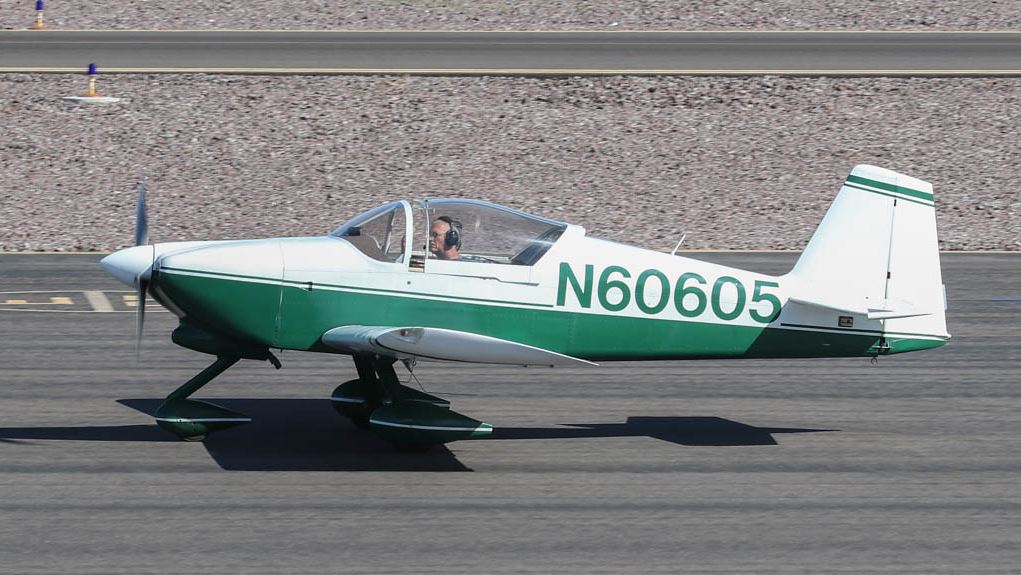Prior to landing, the pilot made a low pass from north to south to check the windsock, which indicated a crosswind from the southwest; it was stable and not flapping and favored runway 16. During the landing flare, the airplane was struck by a gust of wind and the nose rose upward at a steep angle and then slammed back onto the ground. The nose wheel landing gear bent, and as the airplane slid down the runway the bent nose landing gear dug into the ground and the airplane flipped onto its back. The pilot reported that there was no evidence of any preexisting mechanical malfunction with the airplane that would have precluded normal operation.
The National Transportation Safety Board determines the probable cause(s) of this accident to be: The pilot’s inflight loss of control while landing with wind gusts that resulted in a hard landing and subsequent nose over.
https://data.ntsb.gov/carol-repgen/api/ ... 192404/pdf
